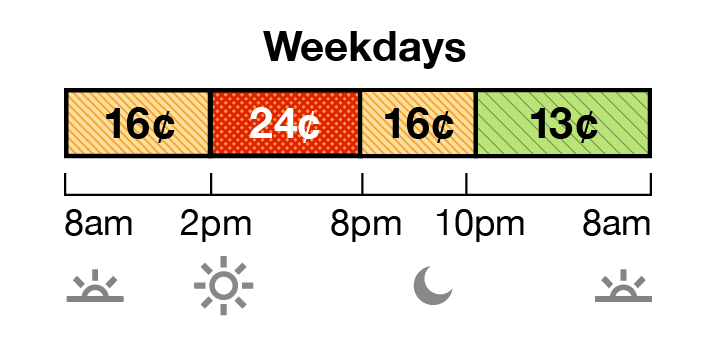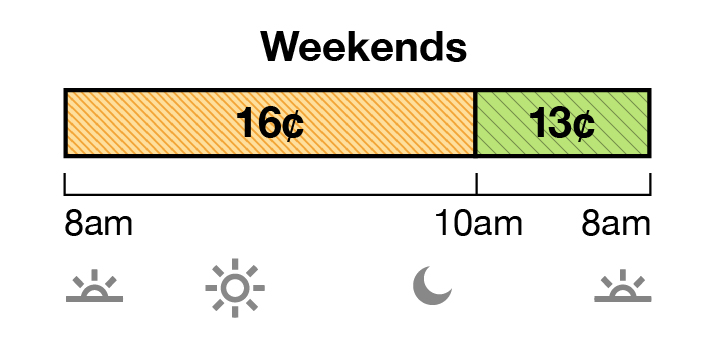Gotta got with the crowd here: 400amps for sure.
Reasons:
1- will be several times more expensive to get later, even if only 50amps or so and not even a 2nd 200, so “future-proofing”
2- safer, in that you can divide your circuits by load more easily. For example, more dedicated circuits for appliances, kitchen circuits that include toaster ovens, toasters, microwaves, and other counter appliances.
3- growth (consumption) of electrical devices in the home (Tesla Semi?)
4- troubleshooting ease (fewer circuits with lots of connections)
Only downsides I see are (1) extra $600 for service you may not need, and (2) if you’re considering at any point a whole house standby generator, the transfer switch will be 2x-3x the cost for 400amp with two 200amp panels vs. a smaller switch for one 200amp panel.
We re-wired our 1906 home a few years ago. It had been done a couple of times previously but lots of spaghetti wiring, odd circuits, switches to nowhere, only two circuits supporting the entire kitchen including appliances, and as we found out the grounding had broken/rusted loose. Working with our power company and a great local electrician, we had the power to our home buried in conduit, replaced all the outside load centers (there were 3 of different amperage supplying various parts of the home), upgraded to 400a on two 200a load centers, trenched 100a service to our detached garage and a new load center, replaced the system bonds and grounds, and all was done to today’s code. In addition, the power company had to replace the transformer (their expense) for the upgraded service level. Our motivation was to provide sufficient power for our 2012 Nissan LEAF’s charging station and run the rest of the garage plus a large margin for growth. Add the Model 3 four months ago and it’s all working just fine. At some point I may sell the LEAF and upgrade the J1772 charging station to a Tesla wall unit to get the 48amps to charge the Model 3. But I’m just fine for now.
TL;DR - Go for the 400!




